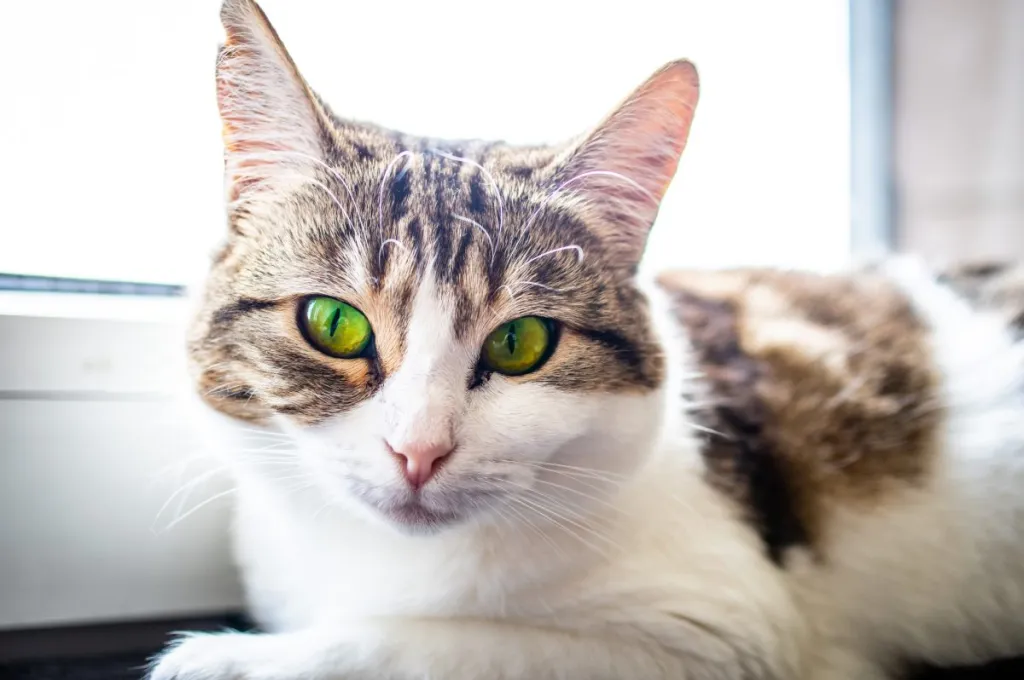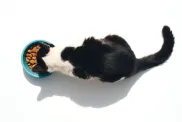The European Shorthair is a versatile and adaptable cat breed with a rich history rooted in Europe. Also known for its medium to large size, well-muscled body, and short, dense coat, the European Shorthair exhibits a variety of coat colors and patterns. Unlike some selectively bred breeds, the European Shorthair is a natural breed that has evolved over time in the streets and farms of Europe. They are known for their robust health and resilient nature, having adapted to a wide range of environmental conditions.
European Shorthairs are additionally characterized by their friendly and balanced personalities. They make excellent companions for families, as they are typically good with children and other pets. While they may not be as demanding of attention as some other breeds, they still enjoy social interactions and will often form strong bonds with their human family members. With their easygoing and adaptable nature, European Shorthairs can thrive in various living situations, making them a popular choice for cat lovers seeking a low-maintenance yet affectionate feline companion.
When considering a European Shorthair, it’s advisable to prioritize adopting from rescue organizations or shelters to provide a loving home to a cat in need. However, if you decide to purchase a European Shorthair kitten, it’s crucial to choose a reputable breeder. Conduct thorough research to ensure that the breeder follows ethical practices and prioritizes the well-being of their cats. Reputable European Shorthair breeders prioritize the health and temperament of their cats, conduct necessary health screenings, and provide a nurturing environment for the kitties. This active approach ensures that you bring home a healthy and happy kitty while discouraging unethical breeding practices.
Quick Facts
- Origin: Europe
- Size: Medium
- Breed Group: Shorthair
- Lifespan: 14-20 years
- Coat: Short, dense, and smooth, with a variety of colors and patterns
- Temperament: Intelligent, playful, and affectionate
- Exercise Needs: Moderate
- Training: Easy to train
- Grooming: Weekly brushing
- Health: Generally healthy
- This cat has gone by other names, including Celtic Shorthair.
- The European Shorthair is the National Cat of Finland!
- They may have originated from an African wild cat brought to Rome over 2,000 years ago. Although the true origins are unknown, they were used to kill vermin in Ancient Rome.
European Shorthair Pictures
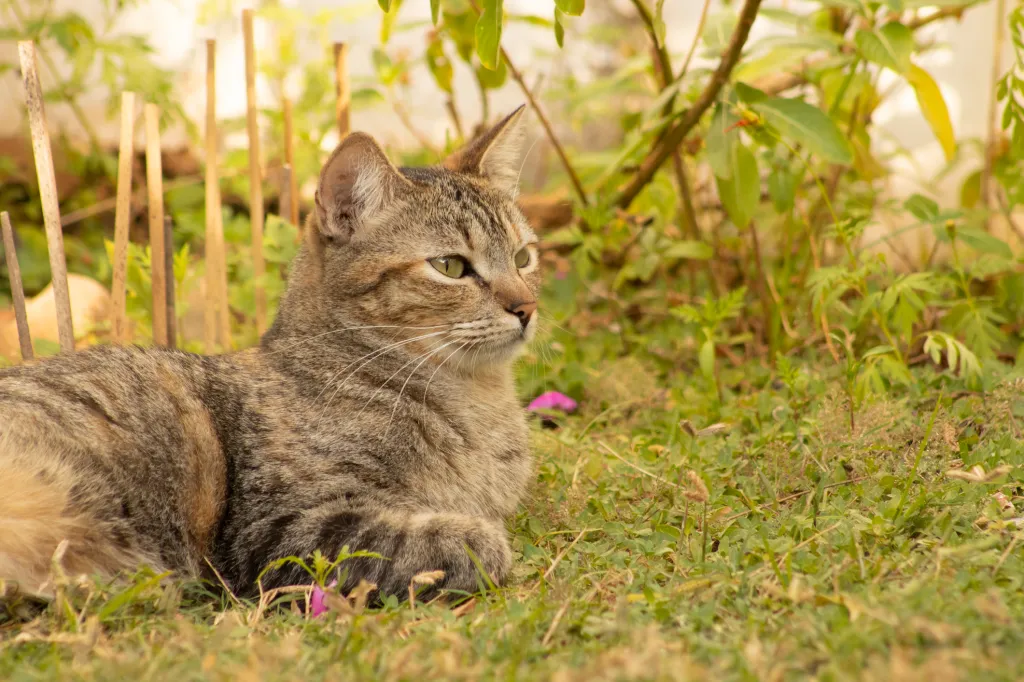

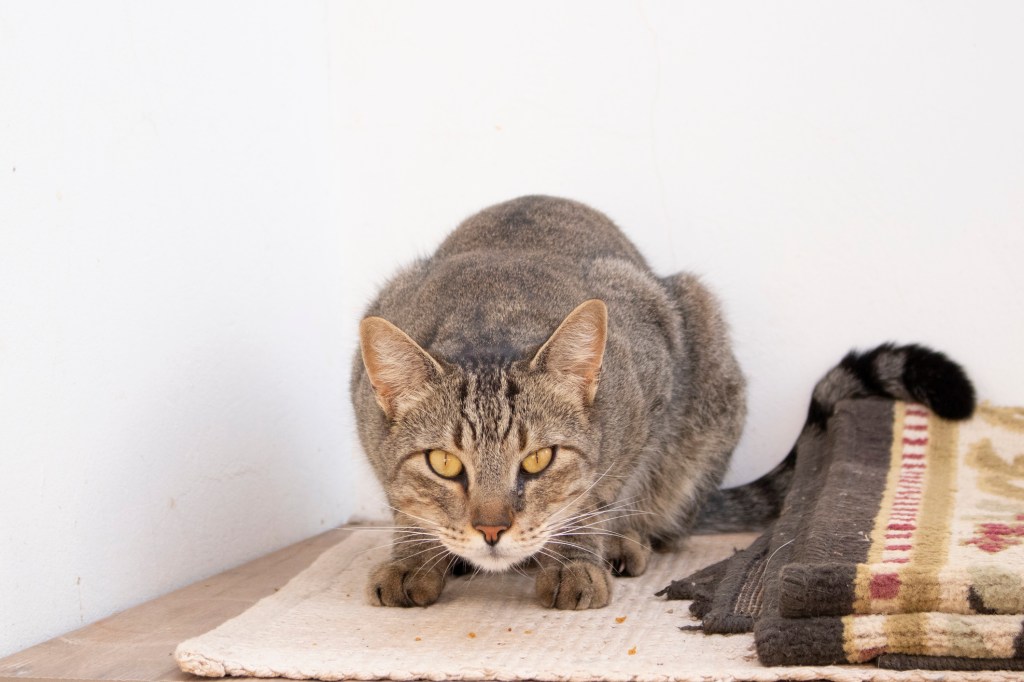
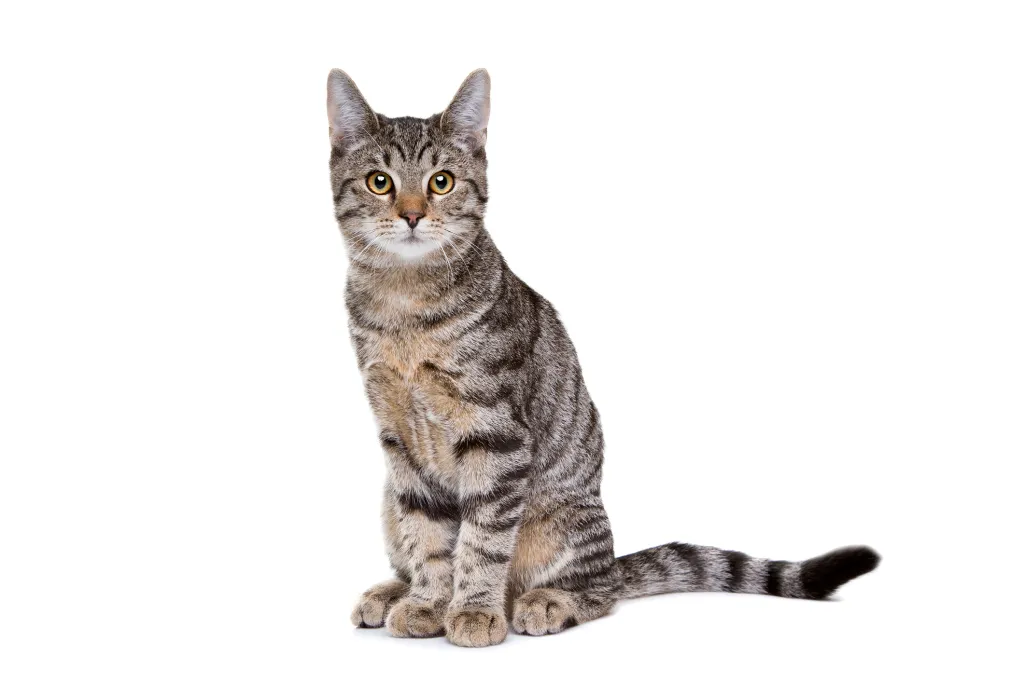
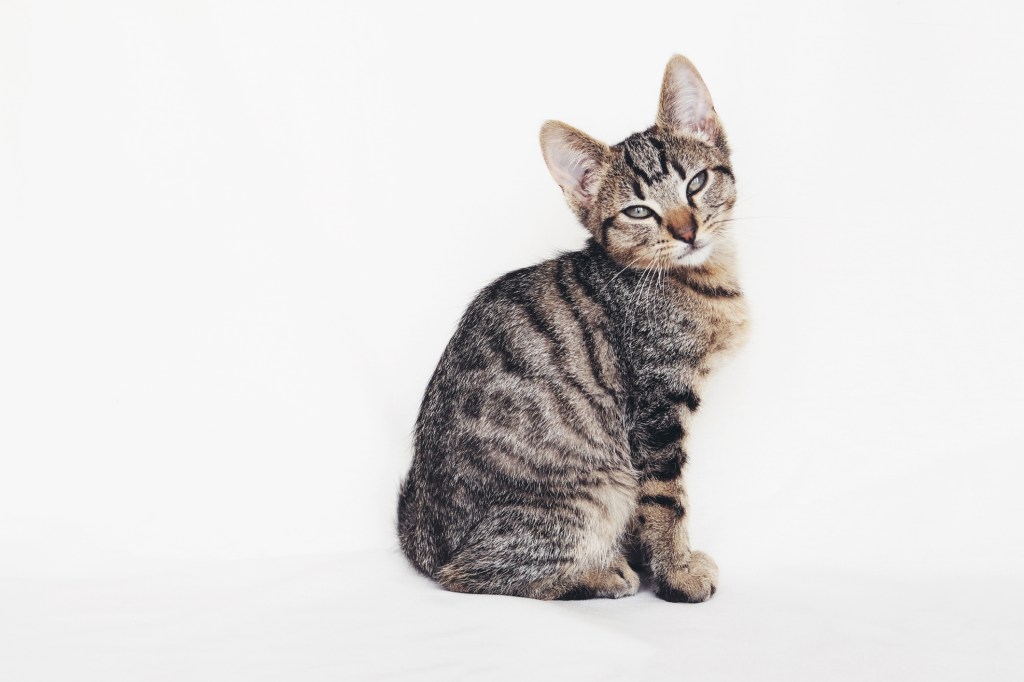
Additional articles that will interest you:
-
Affectionate with Family
Some cat breeds are typically independent and aloof, even if they’ve been raised by the same person since kittenhood; others bond closely to one person and are indifferent to everyone else; and some shower the whole family with affection. Breed isn’t the only factor that goes into affection levels; cats who were raised inside a home with people around feel more comfortable with humans and bond more easily.

See Cats Less Affectionate with Family -
Amount of Shedding
If you’re going to share your home with a cat, you’ll need to deal with some level of cat hair on your clothes and in your house. However, shedding does vary among the breeds. If you’re a neatnik, you’ll need to either pick a low-shedding breed or relax your standards. This furniture cover can make it easier to clean up cat hair and keep it off your sofa!
-
General Health
Due to poor breeding practices, some breeds are prone to certain genetic health problems. This doesn’t mean that every cat of that breed will develop those diseases; it just means that they’re at an increased risk. If you’re looking only for purebred cats or kittens, it’s a good idea to find out which genetic illnesses are common to the breed you’re interested in.
-
Potential for Playfulness
Some cats are perpetual kittens—full of energy and mischief—while others are more serious and sedate. Although a playful kitten sounds endearing, consider how many games of chase the mouse-toy you want to play each day, and whether you have kids or other animals who can stand in as playmates. A classic wand cat toy like this one is perfect for playful felines!
-
Tendency to Vocalize
Some breeds sound off more often than others with meows, yowls, and chattering. When choosing a breed, think about how the cat vocalizes and how often. If constant “conversation” drives you crazy, consider a kitty less likely to chat.
-
Kid-Friendly
Being tolerant of children, sturdy enough to handle the heavy-handed pets and hugs they can dish out, and having a nonchalant attitude toward running, screaming youngsters are all traits that make a kid-friendly cat. Our ratings are generalizations, and they’re not a guarantee of how any breed or individual cat will behave; cats from any breed can be good with children based on their past experiences and personality.
-
Friendly Toward Strangers
Stranger-friendly cats will greet guests with a curious glance or a playful approach; others are shy or indifferent, perhaps even hiding under furniture or skedaddling to another room. However, no matter what the breed, a cat who was exposed to lots of different types, ages, sizes, and shapes of people as a kitten will respond better to strangers as an adult.
-
Easy to Groom
Some breeds require very little in the way of grooming; others require regular brushing to stay clean and healthy. Consider whether you have the time and patience for a cat who needs daily brushing. You should definitely pick up this awesome de-shedding tool for cats of any hair length!
-
Intelligence
Some cat breeds are reputed to be smarter than others. But all cats, if deprived the mental stimulation they need, will make their own busy work. Interactive cat toys are a good way to give a cat a brain workout and keep them out of mischief. This scratcher cat toy can keep your smart kitty busy even when you’re not home!
-
Pet Friendly
Friendliness toward other household animals and friendliness toward humans are two completely different things. Some cats are more likely than others to be accepting of other pets in the home.
European Shorthair History
The history of the European Shorthair goes back to ancient Rome, where the breed was coveted for their great hunting skills. As the cat began to make their way around Europe, they first became renowned as an excellent farm cat, again due to the breed’s talent at controlling vermin, before becoming accepted as the popular house cat that they are today.
At one point the breed was known as the Celtic Shorthair, although these days it’s accepted as the European Shorthair. These days, you can find European Shorthairs in shelters or in the care of rescue groups. So make sure to consider adoption if you decide that this is the breed for you!
European Shorthair Size
The European Shorthair is a medium-sized cat. As is always the case, exact size standards might vary.
Most European Shorthairs weigh in at eight to 15 pounds.
European Shorthair Personality
The European Shorthair has picked up a sterling reputation as one of the most desirable house cats you could hope to adopt. This breed is athletic and intelligent, and they also love to form strong bonds with the humans in their lives.
European Shorthairs will happily end fun-filled play sessions by cuddling up on the couch with you, and these kitties also get along well with children.
One aspect to consider, however, is the breed’s territorial streak–so take appropriate steps if that might be an issue.
While there can be a lot of variety in the personality between individual European Shorthairs, in general you’re looking at a feline who’s a wonderful balance between being playful and loyal–traits that make them some of the best companion cats to adopt for a wide range of people, including the very young and very old.
European Shorthair Health
European Shorthairs are generally considered to be healthy cats–although it’s important to schedule regular wellness visits with your cat’s vet.
There aren’t any breed specific health problems associated with the European Shorthair, but always keep an eye out for signs that your cat might be in distress or pain.
European Shorthair Care
As with all cats, it’s important to keep up your European Shorthair’s regular veterinary checkups to detect any health concerns early. Your vet can help you develop a care routine that will keep your cat healthy.
Beyond scheduling yearly wellness visits with your vet, you’ll definitely want to add a scratching post to your European Shorthair’s living environment. This can help promote healthy scratching and keep the cat’s nails in good condition.
The European Shorthair’s ears should also be examined regularly for signs of dirt building up or possible infection. It’s also advisable to talk with your vet about starting a regular teeth brushing regimen that will suit your European Shorthair. Your vet can advise you about specific brands and techniques.
As with any breed with high energy levels, the European Shorthair will need to be provided with enough space to run around and explore, so you’ll want to add a cat tree to your living situation. Interactive smart toys can also help keep your European Shorthair mentally stimulated and satisfied.
European Shorthair Coat Color And Grooming
The European Shorthair is a breed of cat that you’ll see in a large variety of colors and markings. Common colors include brown, black, tan, and gray, and they’re often seen sporting distinctive tabby patterns.
When it comes to grooming, the European Shorthair is a fairly low-maintenance feline. Due to their short hair, you’ll only need to brush the cat once a week or so. This will help ward off the chances of hairballs and mats forming.
In terms of climate, the European Shorthair is generally an adaptable breed of cat. Although you should always make sure that there’s enough shade and fresh water available during the hotter months.
Children And Other Pets
The European Shorthair is a loving cat that does very well with young children. Just be sure that early socialization takes place and boundaries are properly set on both sides–and supervise early interactions between kids and cats.
When it comes to other household pets, the European Shorthair fares well with many domestic animals–although their hunting instincts might kick in if you already live with hamsters or guinea pigs. Always supervise early interactions between the new cat and existing pets.
Ultimately, early socialization really pays off with this breed. Make sure to reward your European Shorthair for good behavior when you bring them home to your family!
European Shorthair Rescue Groups
It may be hard to find a breed specific rescue for European Shorthair cats because they are somewhat less common outside of Europe. However, you may want to try shelters and rescues that cater to all types of cats, including European Shorthairs, as well as your local shelter. Here are some nonprofit rescues you can try:
More Info For You
If you’re also looking for a dog, check out DogTime’s dog breed page!
